Category: Uncategorized
-
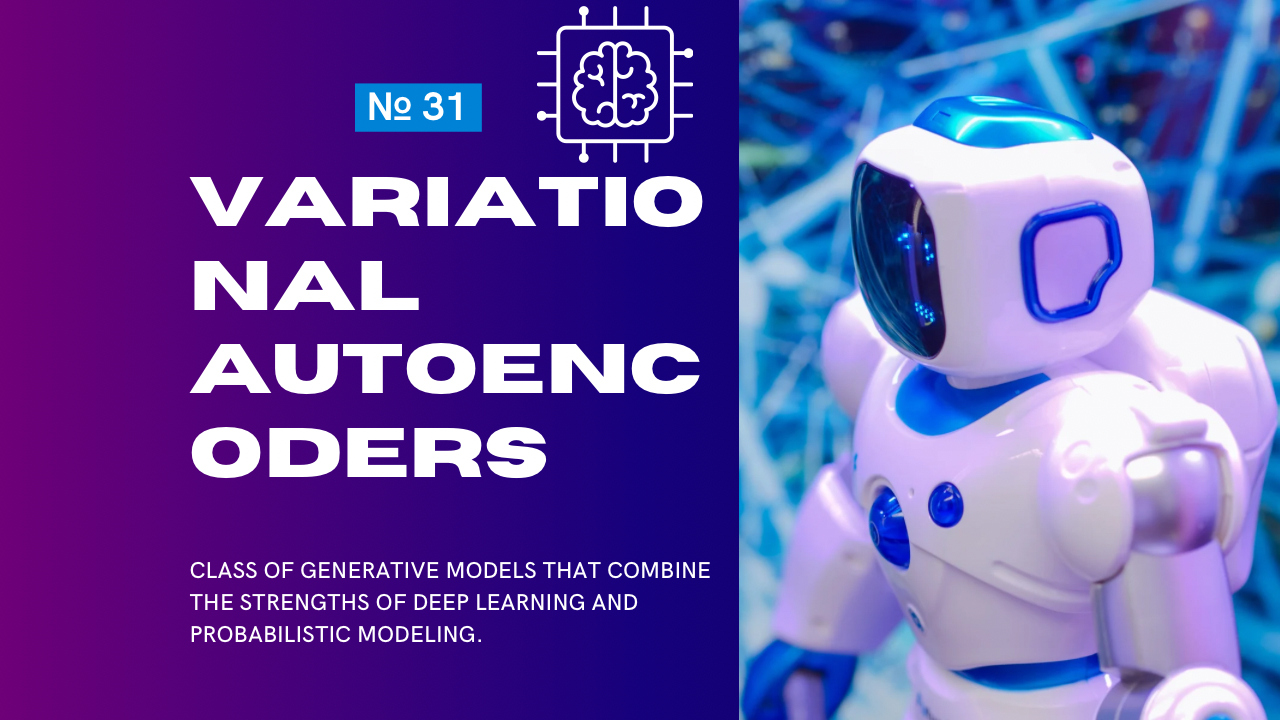
Variational Autoencoders (VAEs): Applications in Generative Tasks
Variational Autoencoders (VAEs) are a class of generative models that combine the strengths of deep learning and probabilistic modeling. Unlike traditional autoencoders, VAEs learn a latent representation of data as a probabilistic distribution, enabling the generation of new, diverse samples. 1. What is a Variational Autoencoder (VAE)? A VAE consists of two primary components: Key…
-

Improving GAN Training Stability with Wasserstein GAN (WGAN)
Generative Adversarial Networks (GANs) are powerful for generating realistic data, but training them can be unstable due to issues like vanishing gradients, mode collapse, and sensitivity to hyperparameters. Wasserstein GAN (WGAN) addresses these issues by introducing a new loss function based on the Earth Mover’s (Wasserstein) distance, leading to more stable training. 1. Challenges in…
-
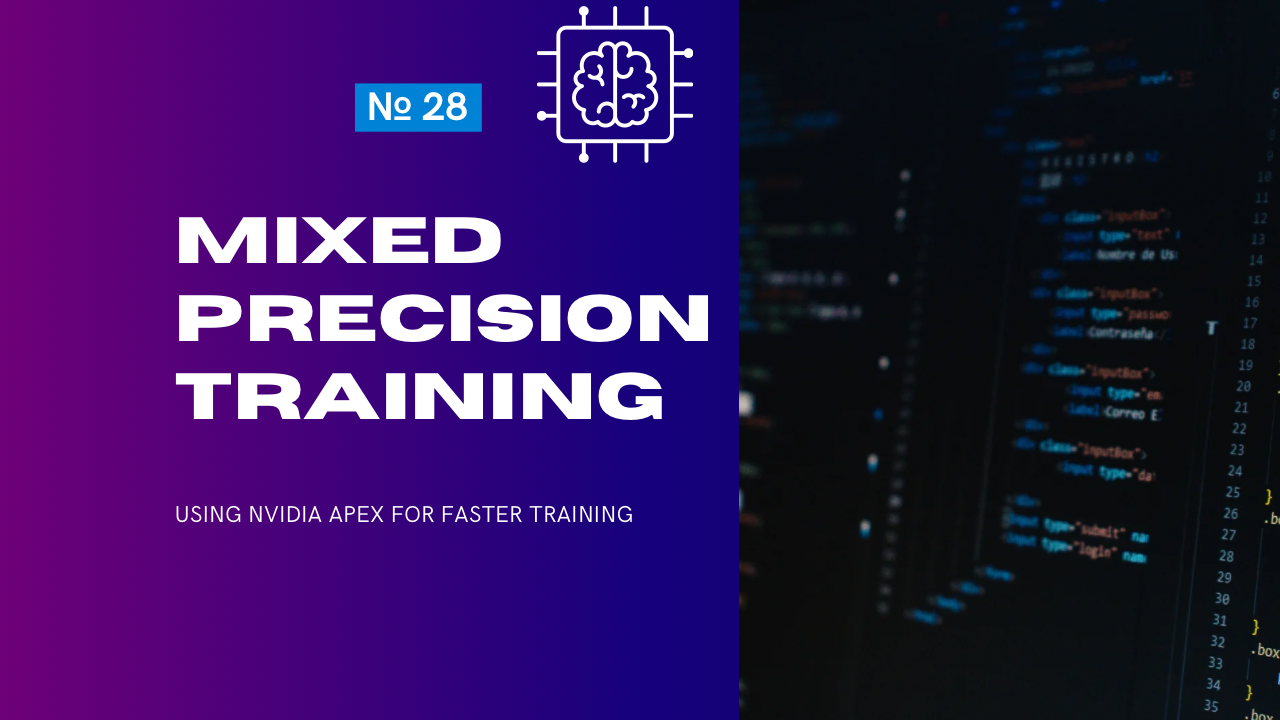
Mixed Precision Training: Using NVIDIA Apex for Faster Training
Mixed precision training is a technique that uses both 16-bit (half-precision) and 32-bit (single-precision) floating-point computations to accelerate deep learning training while reducing memory usage. NVIDIA’s Apex library simplifies the implementation of mixed precision training in PyTorch, making it easy to leverage hardware accelerators like NVIDIA Tensor Cores for faster and more efficient training. Why…
-
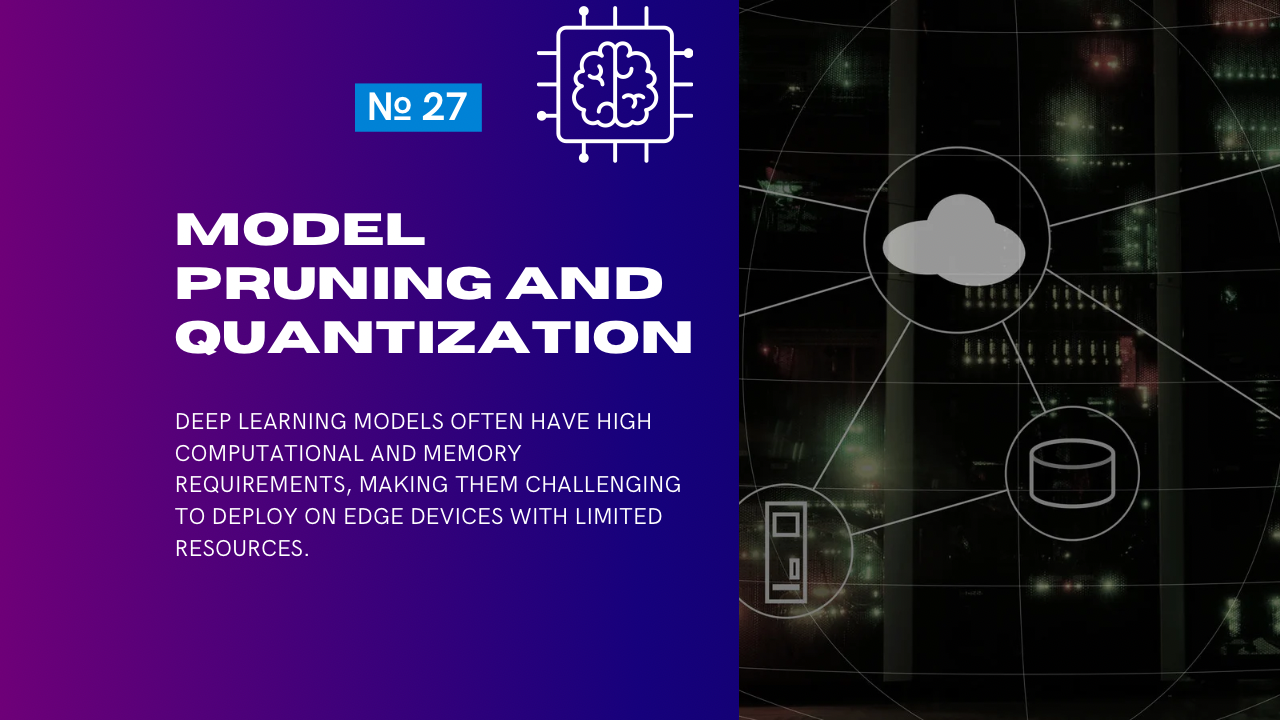
Model Pruning and Quantization: Optimizing Models for Edge Devices
Deep learning models often have high computational and memory requirements, making them challenging to deploy on edge devices with limited resources. Techniques like pruning and quantization optimize models for edge deployment by reducing their size and computational complexity while maintaining accuracy. Why Optimize Models for Edge Devices? Key Techniques for Optimization Technique Description Purpose Pruning…
-
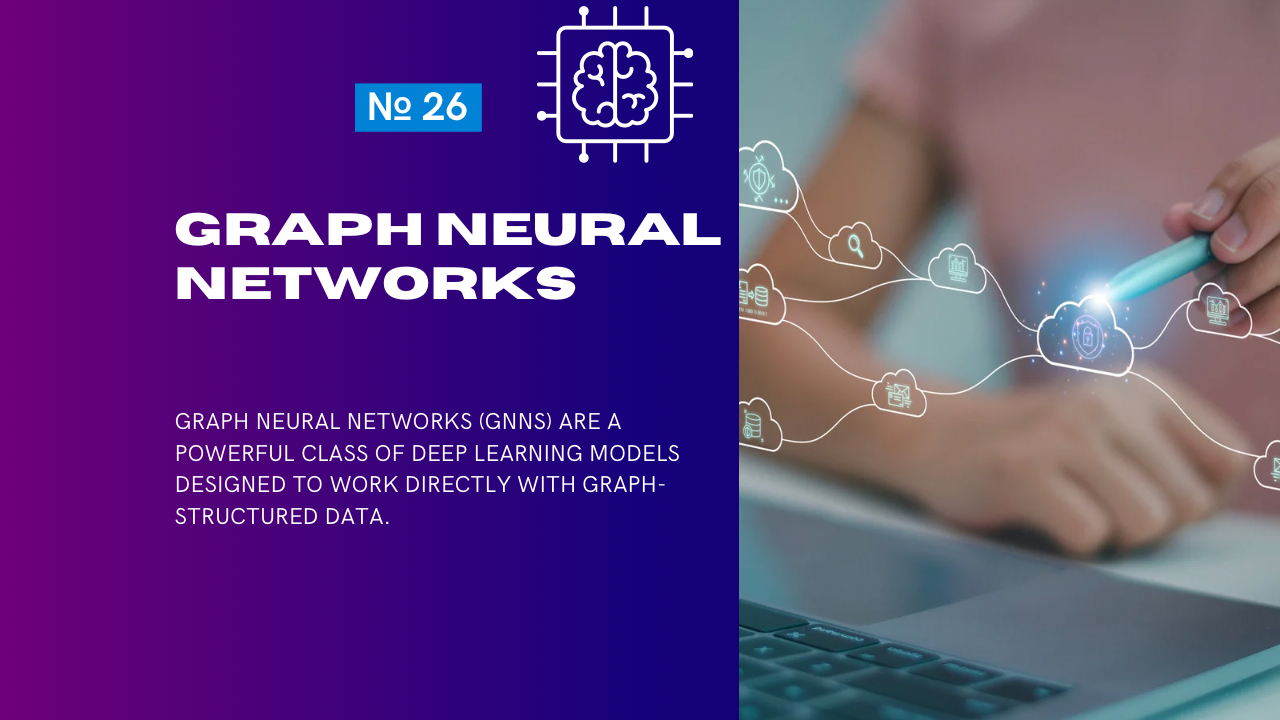
Applications of Graph Neural Networks (GNNs): Bioinformatics, Logistics, and Social Networks
Graph Neural Networks (GNNs) are a powerful class of deep learning models designed to work directly with graph-structured data. By leveraging the relationships between nodes and edges, GNNs excel in tasks requiring relational reasoning and complex data interdependencies. This guide explores key applications of GNNs in bioinformatics, logistics, and social networks, demonstrating their versatility and…
-
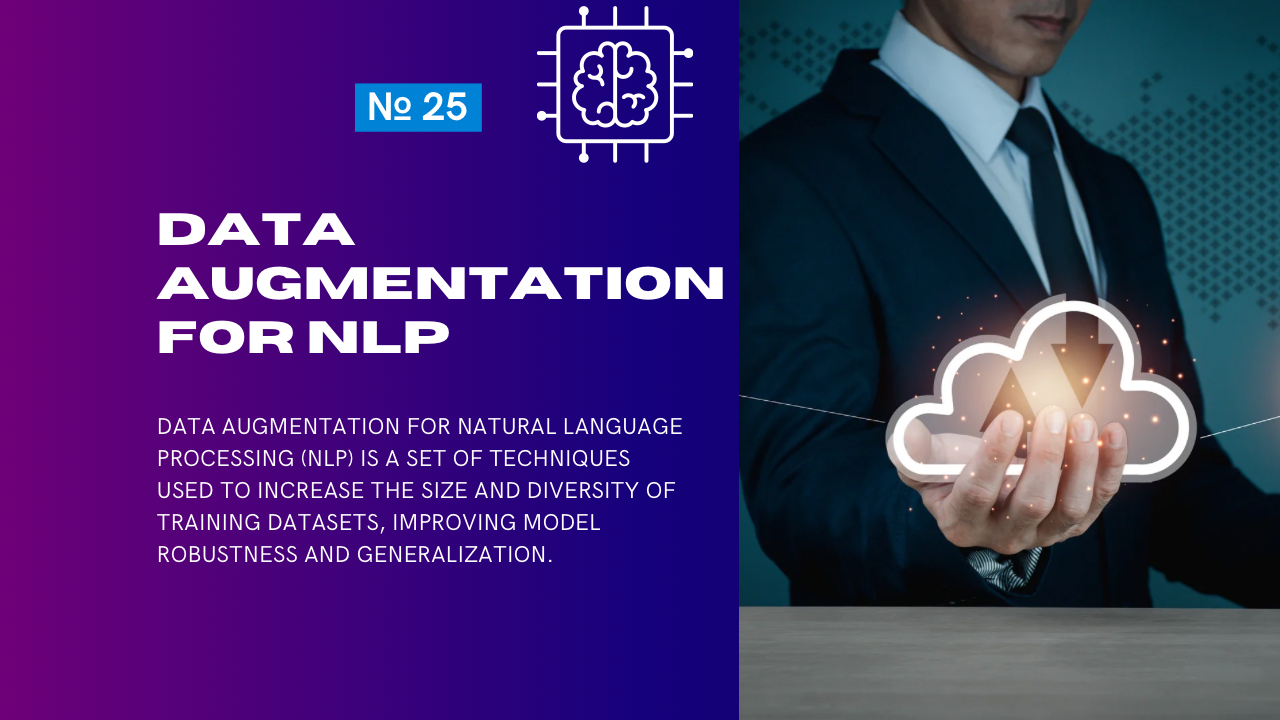
Data Augmentation for NLP: Backtranslation, Word Swapping, and Other Techniques
Data augmentation for Natural Language Processing (NLP) is a set of techniques used to increase the size and diversity of training datasets, improving model robustness and generalization. Unlike computer vision, where augmentation methods are straightforward (e.g., flipping, cropping), NLP requires careful manipulation of text while preserving its semantic meaning. This guide explores various data augmentation…
-
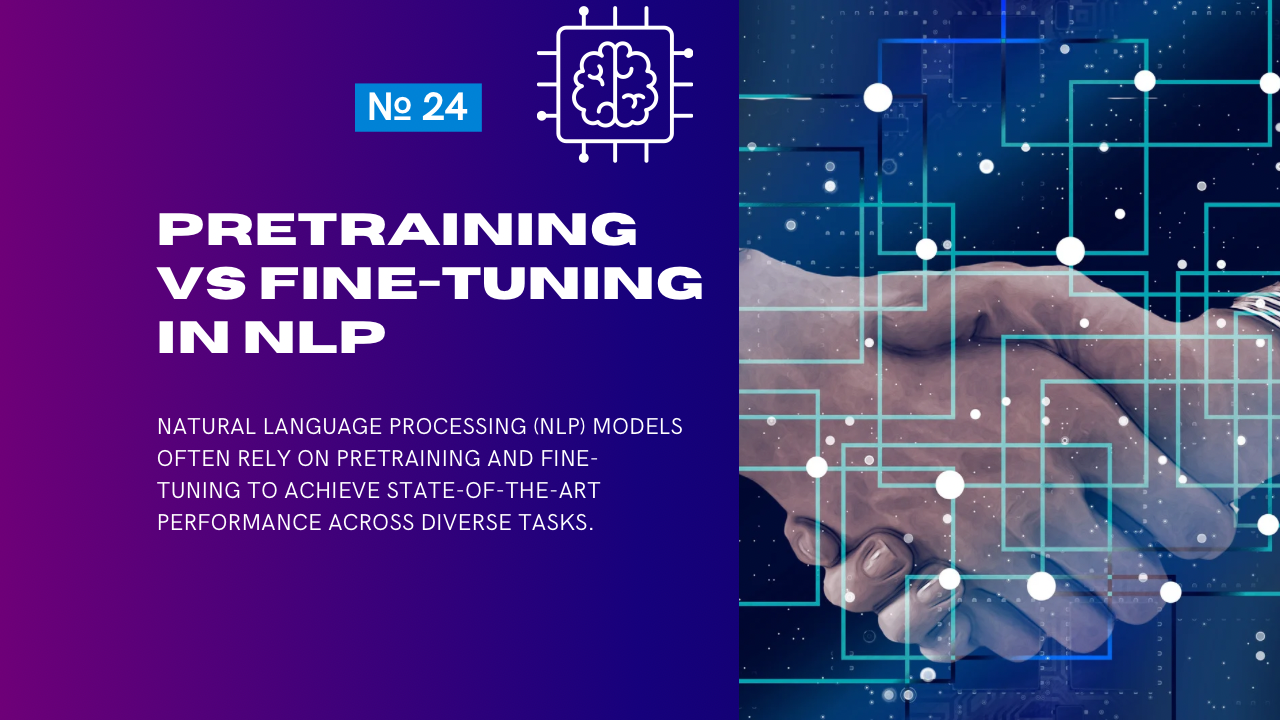
Pretraining vs Fine-Tuning in NLP: When and What to Use
Natural Language Processing (NLP) models often rely on pretraining and fine-tuning to achieve state-of-the-art performance across diverse tasks. Both techniques play distinct roles in model development, and understanding when to use them is crucial for building efficient and accurate NLP systems. Definitions Pretraining Fine-Tuning Pretraining: When and Why to Use It When to Use Pretraining…
-
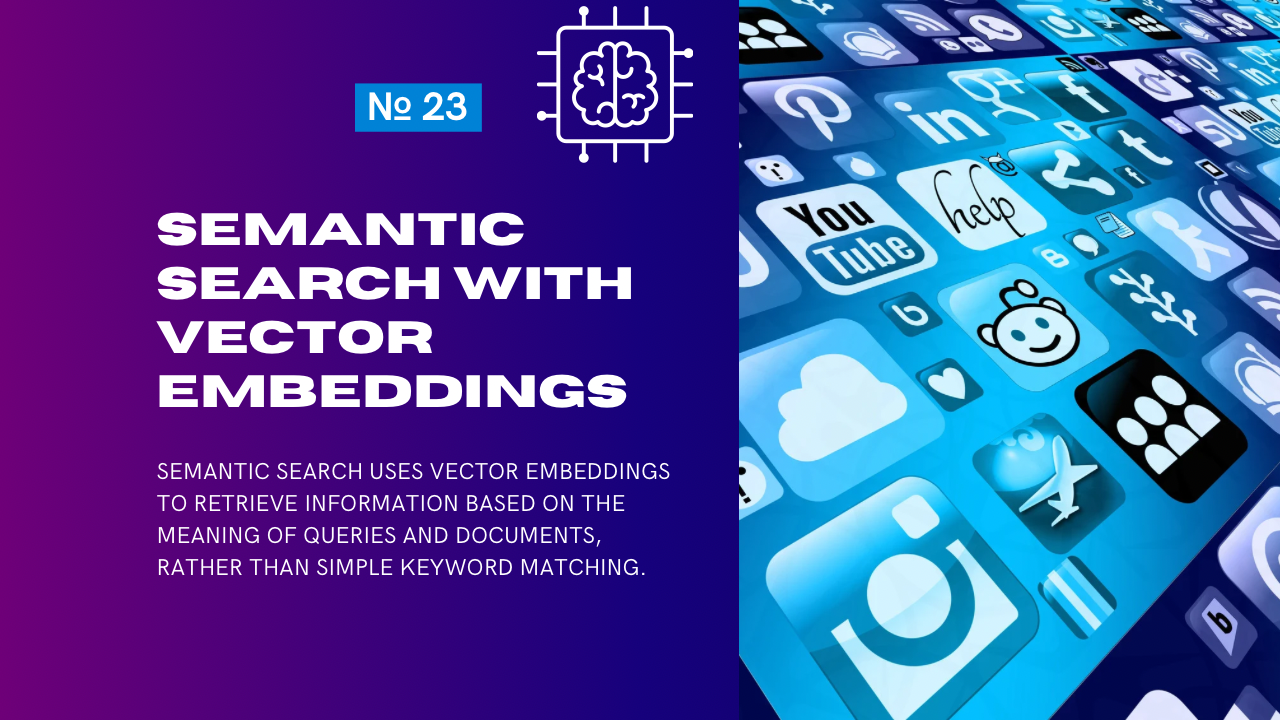
Semantic Search with Vector Embeddings: Implementation Using FAISS and Annoy
Semantic search uses vector embeddings to retrieve information based on the meaning of queries and documents, rather than simple keyword matching. Tools like FAISS (Facebook AI Similarity Search) and Annoy (Approximate Nearest Neighbors Oh Yeah) are popular libraries for efficient similarity search in high-dimensional embedding spaces. This guide explores the implementation of semantic search using…
-
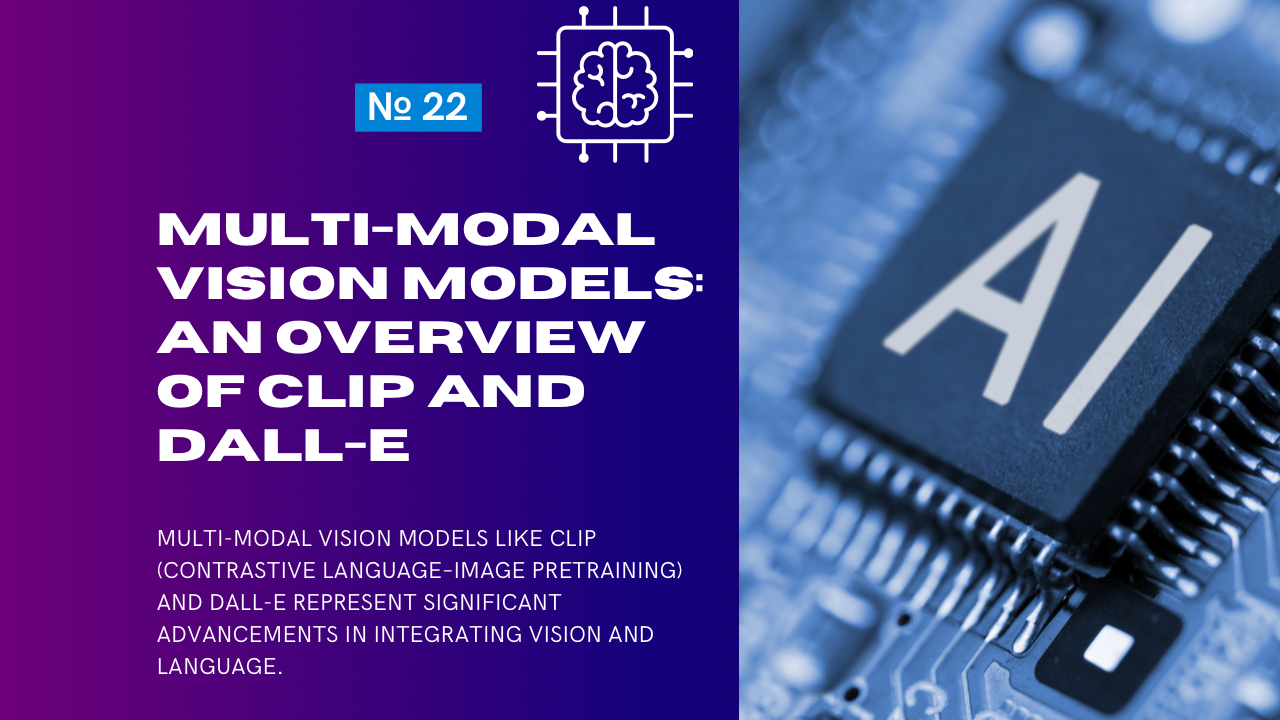
Multi-Modal Vision Models: An Overview of CLIP and DALL-E
Multi-modal vision models like CLIP (Contrastive Language–Image Pretraining) and DALL-E represent significant advancements in integrating vision and language. These models enable new capabilities such as understanding the relationship between text and images, generating realistic images from textual descriptions, and cross-modal reasoning. 1. What are Multi-Modal Models? Multi-modal models are designed to process and integrate data…
-
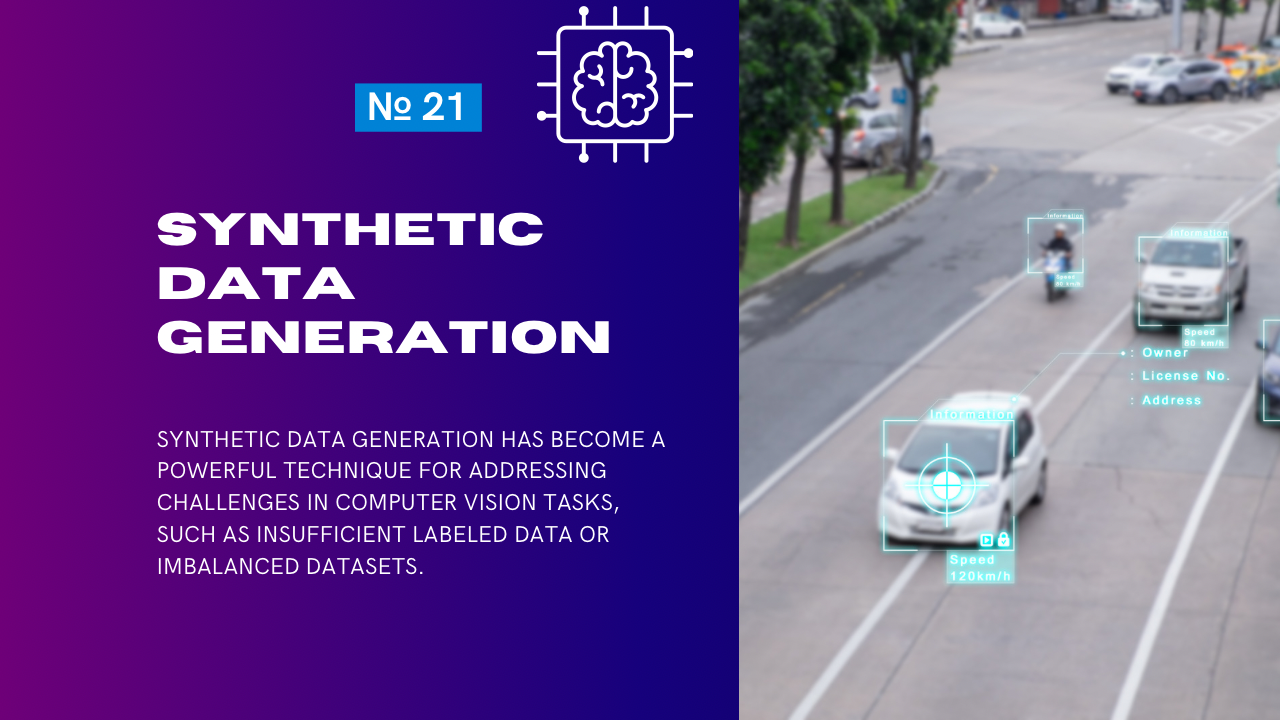
Synthetic Data Generation: Using Unity and Blender for Computer Vision
Synthetic data generation has become a powerful technique for addressing challenges in computer vision tasks, such as insufficient labeled data or imbalanced datasets. Tools like Unity and Blender enable the creation of highly customizable, realistic, and diverse synthetic datasets for training machine learning models. Why Use Synthetic Data for Computer Vision? Key Use Cases Use…